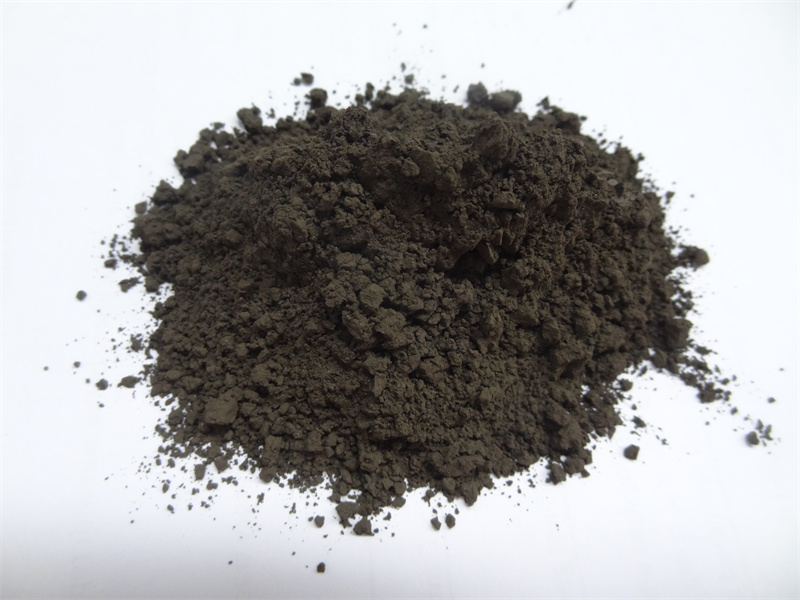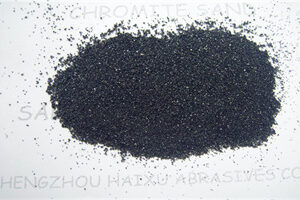Application of chromite powder in beer bottle production

The application of chromite powder in beer bottle production is mainly reflected in the following aspects:
I. Core application principle
Coloring mechanism: Cr₂O₃ in chromite powder reacts chemically with the glass matrix during high-temperature melting to form a stable green coloring effect, which has a natural shielding effect on ultraviolet rays.
Ingredient synergy: The proportion of elements such as SiO₂, Al₂O₃, and CaO must be controlled in the beer bottle formula (typical formula: SiO₂ 67.72%, Al₂O₃ 6.04%, CaO 7.58%). The Al₂O₃ (7.86%) and MgO (21.76%) contained in the chromite powder can optimize the chemical stability and mechanical strength of the glass.
2. Technical characteristics requirements
Fineness specification: 325 mesh (about 45μm) or 400 mesh (about 38μm) fine powder is commonly used. This particle size can ensure both uniform dispersion and high temperature reaction efficiency.
Composition standard: High-quality chromite ore powder requires Cr₂O₃ content ≥40% (such as 46.36% for a certain model), and Fe₂O₃ is controlled to be <13.38% to avoid impurity interference.
3. Application effect advantages
Ultraviolet protection: Green glass can block more than 90% of ultraviolet rays and significantly extend the shelf life of beer (3-6 months higher than colorless glass).
Process economy: The amount of chromium slag powder is 3-4 times higher than that of sodium dichromate, but the cost is reduced by more than 30%, and the melting temperature is reduced by about 50℃.
Production stability: The powder has good fluidity, and the mixing uniformity of the batch is more than 98%, which effectively avoids defects such as black spots and streaks.
Note: In practical applications, the amount of chromite powder added needs to be adjusted according to the glass formula (usually 0.1%-0.5% of the total raw material amount), and the Cr element distribution needs to be monitored in real time by X-ray fluorescence spectroscopy (XRF).




















